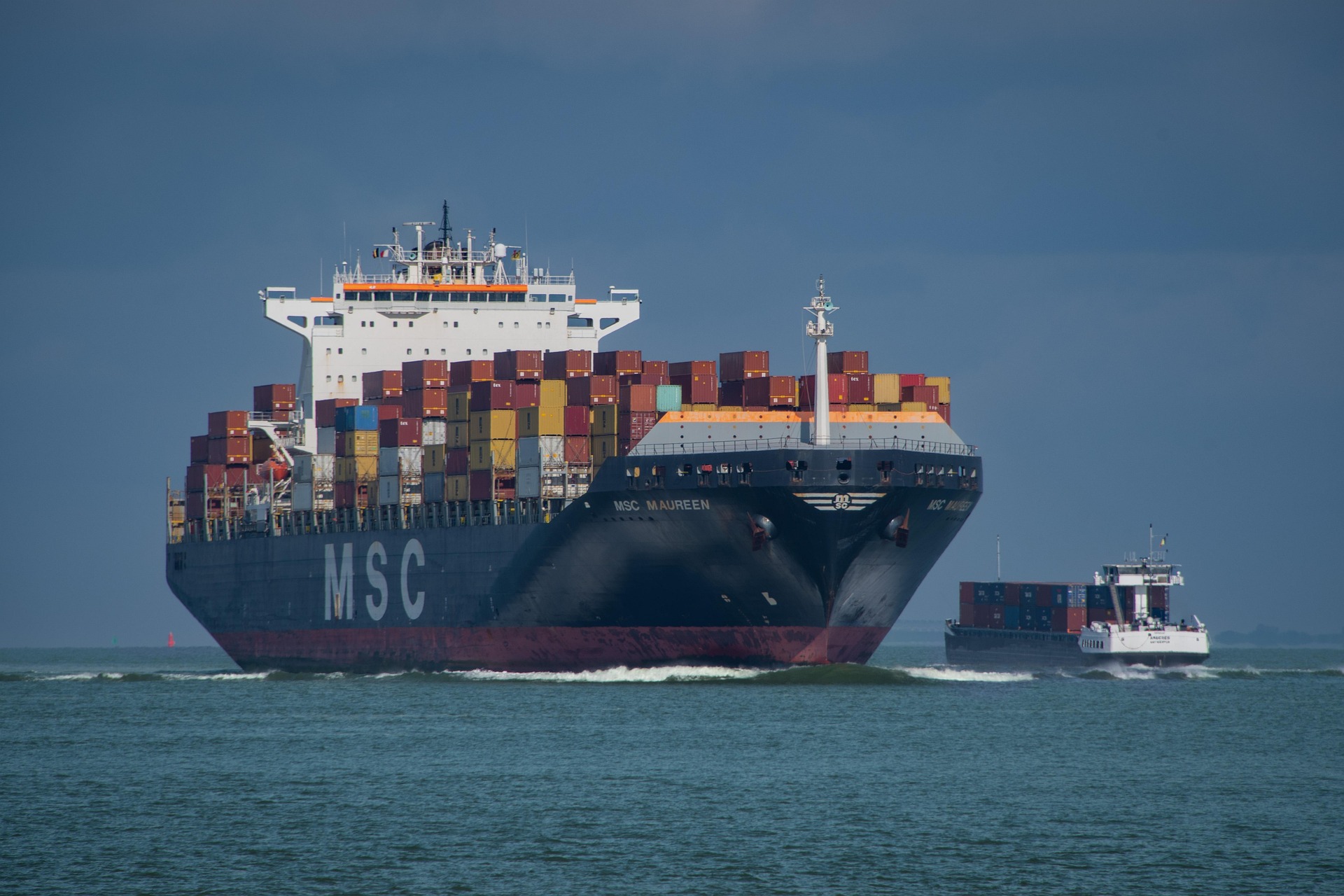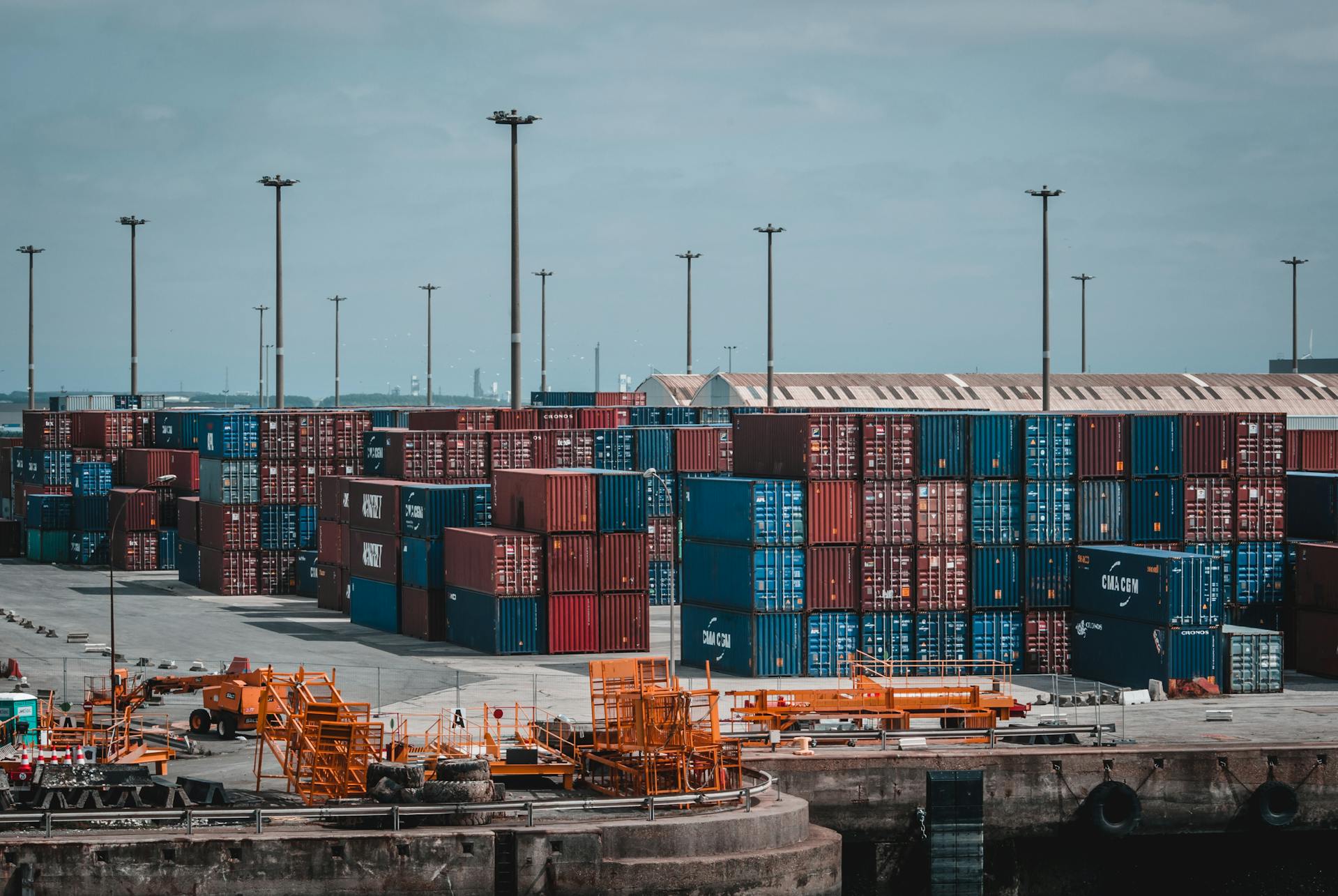Modern supply chains are increasingly complex, with components and materials sourced from all over the globe. Among the many transportation options available, ocean shipping continues to play a central role in moving goods efficiently and economically. Whether you’re managing raw materials, consumer products, or industrial equipment, understanding the intricacies of maritime logistics is key to optimizing timelines, reducing costs, and ensuring reliable delivery.
Ocean shipping doesn’t just connect continents, it shapes how businesses plan, price, and execute their operations. From port logistics and environmental regulations to route planning and geopolitical disruptions, this mode of transport affects more than meets the eye.

Global Reach, But Not Without Complications
Ocean shipping allows businesses to reach international markets with scale. Large vessels can carry thousands of containers at once, making them ideal for transporting bulk goods across long distances. For many importers and exporters, cargo shipping by ocean offers the most cost-effective solution when speed isn’t the top priority. Shipping across seas comes with inherent challenges. Transit times can span weeks, depending on distance, congestion at ports, or delays due to weather or customs inspections. Route planning is influenced by global events, from strikes at major ports to naval blockades or natural disasters, that can disrupt otherwise predictable schedules.
This means businesses must build flexibility into their supply chain models. Buffer inventory, multiple sourcing locations, and strong communication with freight forwarders are crucial strategies to mitigate disruptions and avoid downstream effects like stockouts or production delays.
Costs and Economies of Scale
Compared to air freight, ocean shipping is significantly more economical on a per-unit basis for heavy or voluminous goods. Full container loads (FCL) offer the best cost savings, but even less-than-container loads (LCL) remain competitive for mid-volume shippers. Rates are influenced by fuel costs, container availability, port fees, and seasonal demand.
That said, “cheaper” doesn’t always mean “better.” Businesses need to weigh upfront cost savings against potential penalties for late deliveries, warehousing needs, and risk management. Accurate forecasting and long-term contracts with trusted carriers can help smooth costs and improve reliability.
The rise of digital freight platforms is providing greater visibility into pricing, tracking, and route optimization, giving supply chain managers better tools to plan shipments effectively.
Customs, Compliance, and Documentation
Moving goods across international waters isn’t just about loading containers and sending them off. It involves detailed documentation, legal compliance, and coordination with customs officials in both the origin and destination countries. Bills of lading, certificates of origin, and packing lists must be meticulously prepared to prevent clearance delays.
Failure to comply with changing import/export regulations can result in penalties, container holds, or even seizure of goods. Countries may impose tariffs or special inspection protocols depending on trade relationships or industry-specific rules. Staying current with customs law, tariff schedules, and restricted goods lists is critical for avoiding unnecessary headaches.
Freight forwarders and customs brokers are valuable partners in navigating this complexity. They help ensure that goods move smoothly through checkpoints, that taxes and duties are paid accurately, and that your shipments meet the latest legal standards.
Environmental Factors and Sustainable Practices
Environmental sustainability is becoming an increasingly important aspect of supply chain strategy. Ocean shipping, while more fuel-efficient than air transport per ton-mile, still contributes significantly to greenhouse gas emissions. Regulations from organizations like the International Maritime Organization (IMO) are pushing for cleaner fuel usage, stricter emissions standards, and environmentally friendly vessel designs.
Companies are responding by choosing carriers that invest in green technologies and offset programs. There’s growing pressure from consumers and stakeholders for transparency about carbon footprints, prompting businesses to audit the environmental cost of their logistics choices.
Warehouse and Port Infrastructure Interactions
The efficiency of ocean shipping doesn’t stop at the port, it depends heavily on the infrastructure that connects docks to warehouses and distribution centers. Congested ports or under-resourced terminals can cause serious bottlenecks. A delay in offloading containers often snowballs into late deliveries and increased demurrage charges (fees for storing containers beyond the allotted time).
Savvy supply chain managers evaluate the shipping line, and the capabilities of the origin and destination ports. Are they equipped to handle high container volumes? Do they offer integrated rail or truck services? Can customs inspections be conducted on-site?
Technological Advancements and Tracking
One of the most significant advancements in ocean freight has been the adoption of real-time tracking technologies. GPS-enabled containers, blockchain for secure documentation, and digital port management systems are improving visibility from origin to destination. These tools allow companies to monitor cargo location, estimated arrival times, and potential delays in real-time.
This level of transparency helps logistics teams make faster decisions, update customers promptly, and pivot operations when unexpected issues arise. Integrating these systems into existing ERP or supply chain management platforms enhances agility and responsiveness.

Ocean shipping is much more than a logistical detail, it’s a strategic component that directly impacts supply chain efficiency, cost, and resilience. By understanding the factors that influence maritime freight, from carrier selection and route optimization to customs compliance and infrastructure, you can make smarter, more informed decisions.
Embracing new technologies, aligning with sustainable practices, and building relationships with expert partners will put your business in a stronger position to navigate the tides of global trade. Whether you’re expanding internationally or strengthening existing supply lines, success begins with mastering the way your goods move across the water.

Founder Dinis Guarda
IntelligentHQ Your New Business Network.
IntelligentHQ is a Business network and an expert source for finance, capital markets and intelligence for thousands of global business professionals, startups, and companies.
We exist at the point of intersection between technology, social media, finance and innovation.
IntelligentHQ leverages innovation and scale of social digital technology, analytics, news, and distribution to create an unparalleled, full digital medium and social business networks spectrum.
IntelligentHQ is working hard, to become a trusted, and indispensable source of business news and analytics, within financial services and its associated supply chains and ecosystems










